In the aftermath of the coronavirus crisis, the dystopian themes seem to be especially recurrent in the works of designerss and artists. Concerned by the vulnerability of the world as we know it today, they attempt to raise awareness of what we might expect in the years to come and envision wearables that would help us to survive in the post-apocalyptic future.
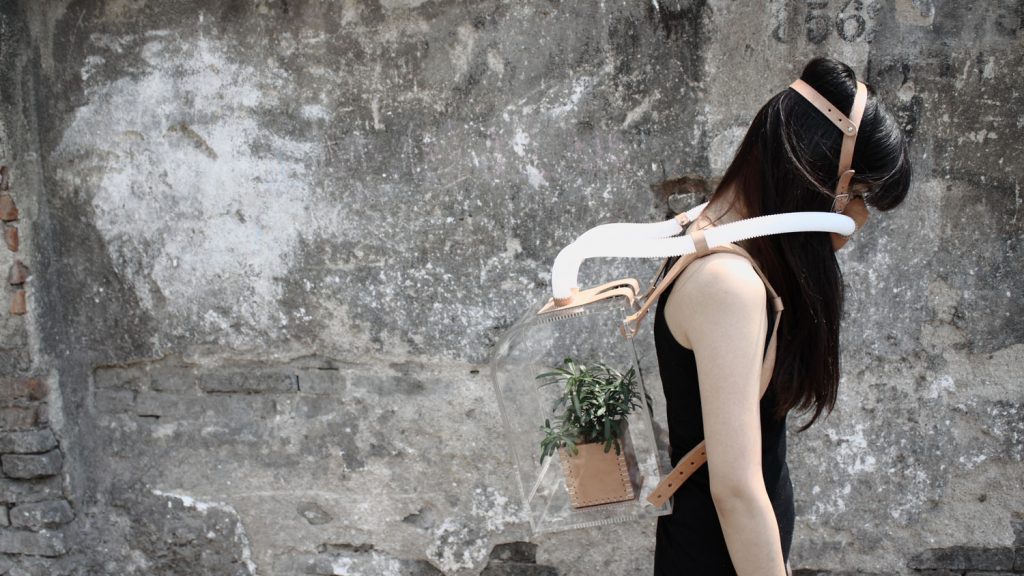
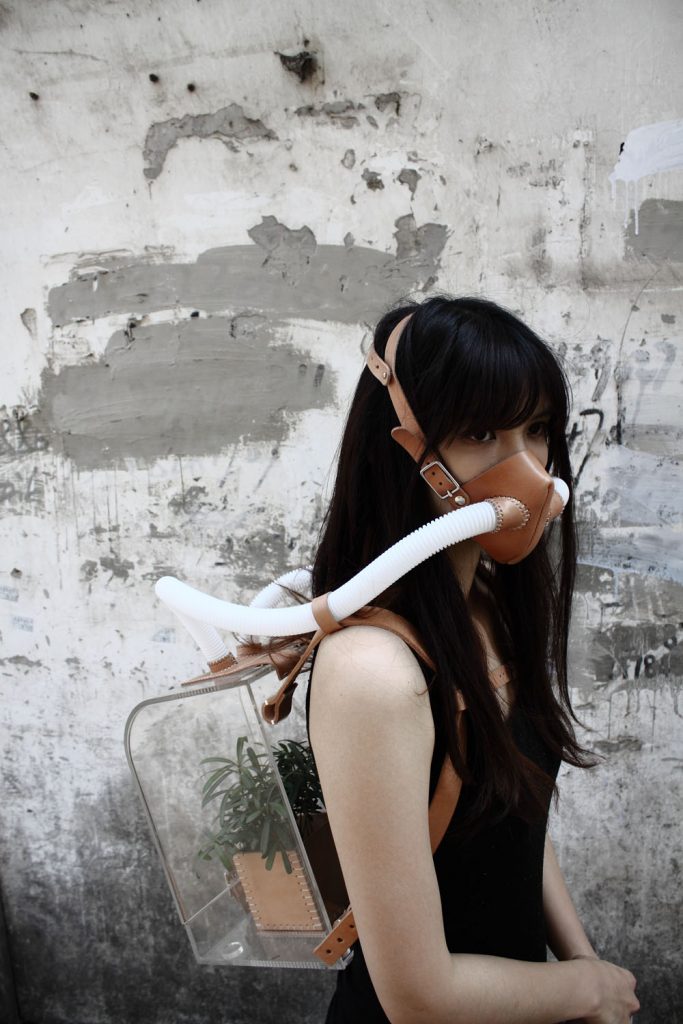
Voyage on the Planet by Chiu Chih (also header image)
Taiwan-born industrial designer and RCA graduate in Innovation Design Engineering Chiu Chih has developed Voyage on the Planet, a project that speaks to the fragility of the environment, and our own vulnerability. The work encompasses a plant-based breathing apparatus for a dystopian world where even breathing needs special equipment.
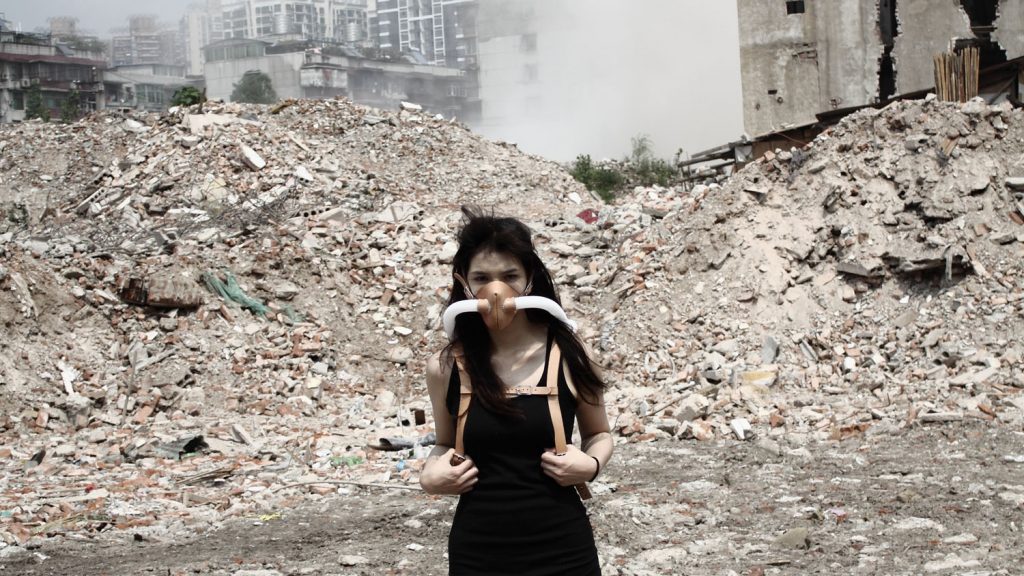
Voyage on the Planet by Chiu Chih
The artistic piece forces the viewer to think about tough issues such as the deteriorating air quality within crowded living environments and the changing face of the built landscape. According to the designer, ever-changing society culture and environment, where old buildings are constantly being demolished and replaced with new ones, may render some people hopeless. The scary nature of this vulnerability is most poignant in the depletion of natural energy resources.
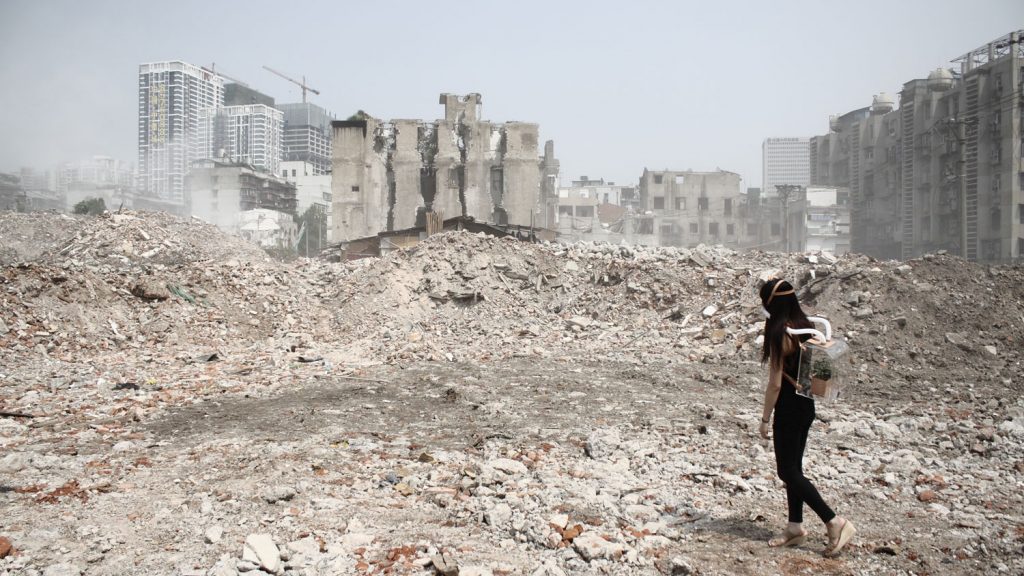
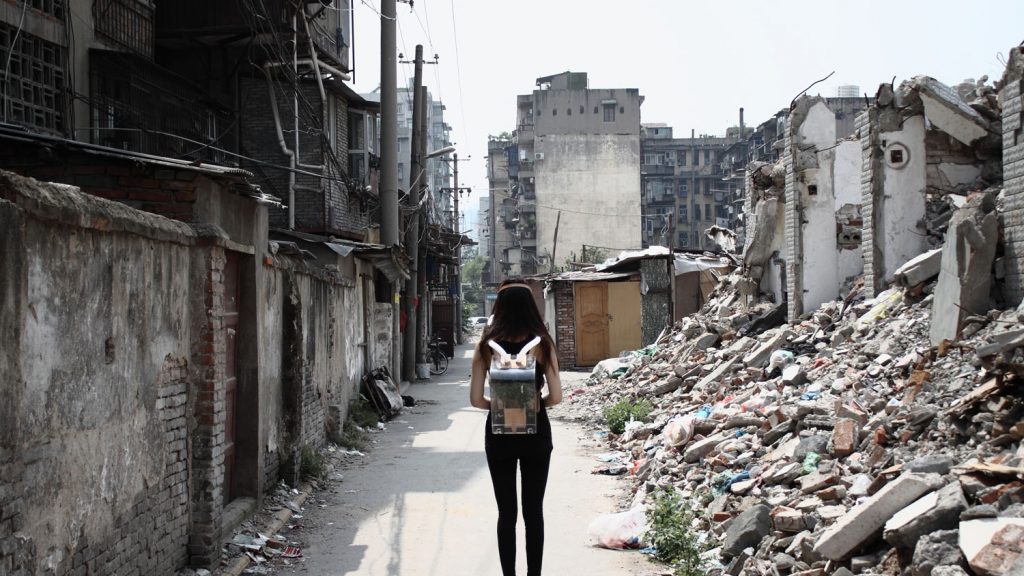
Voyage on the Planet by Chiu Chih
The planet’s unknown future forces human beings to adapt and create new equipment just to survive. With his “survival kit” for this mysterious world of the future, the designer calls attention to the state of the Earth and stresses that to move forward one must always remember where they come from.
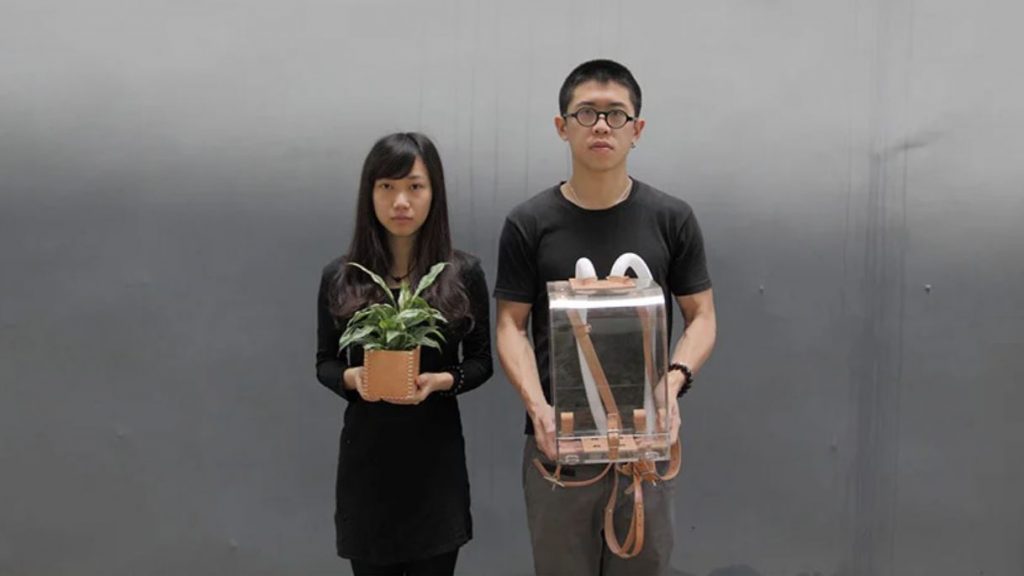
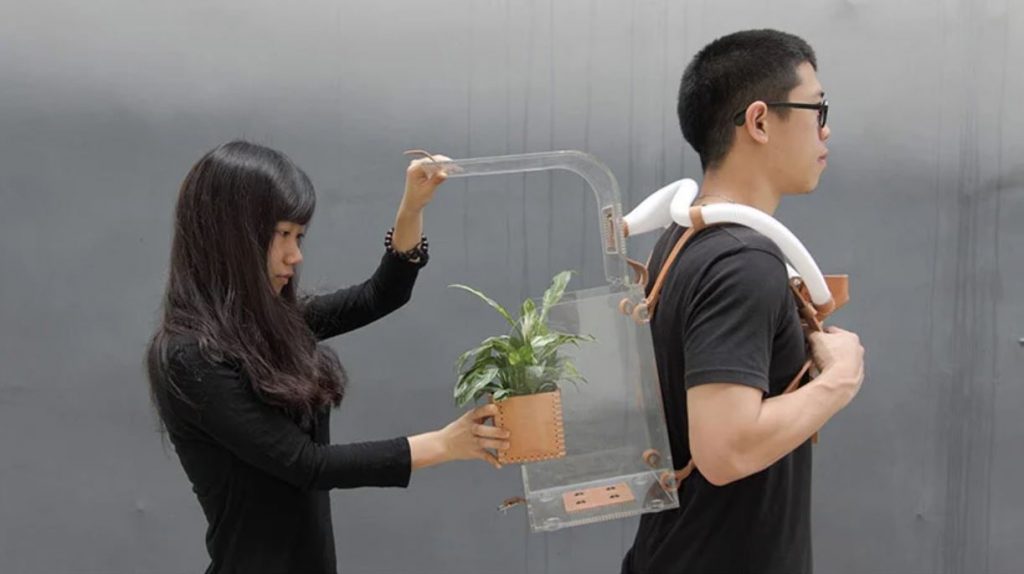
Voyage on the Planet by Chiu Chih
Originally conceived in 2013, the artwork was later reproduced by some people in India who used it to negotiate with local government on a landfill plan in their city centre.
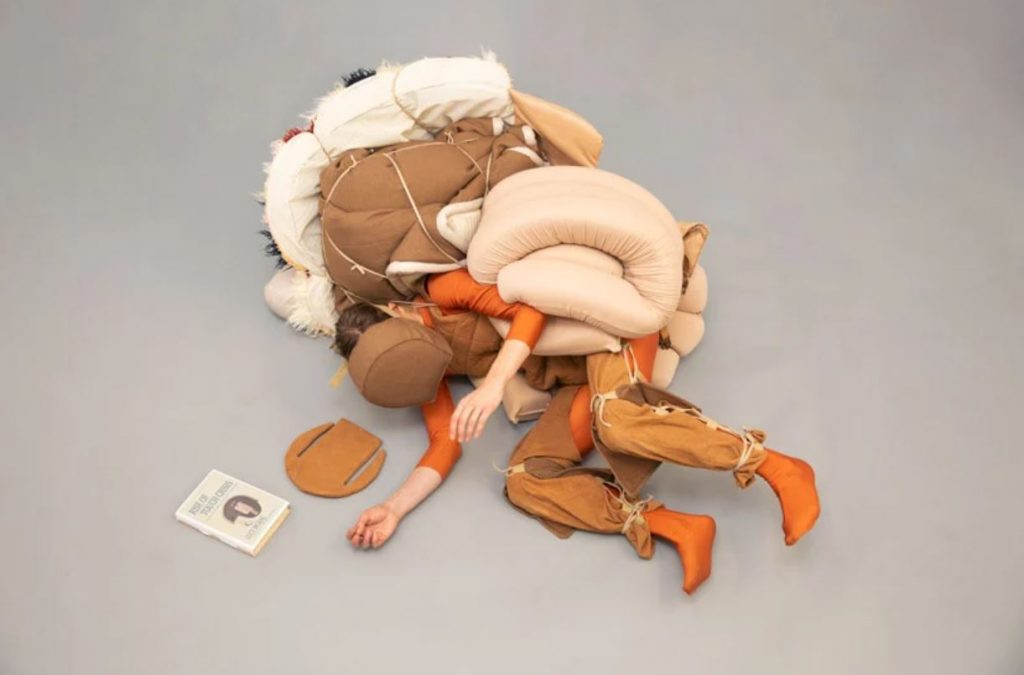
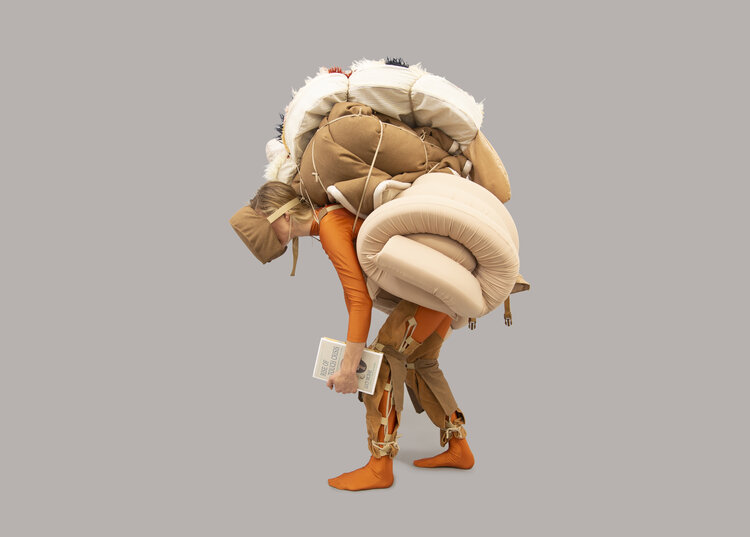
Future Survival Kit by Lucy McRlae
Future Survival Kit by Los Angeles-based artist Lucy McRlae who refers to herself as a body architect is described by the author as a set of deeply immersive tools for the future, designed as antidotes to our submissive nature towards technology.
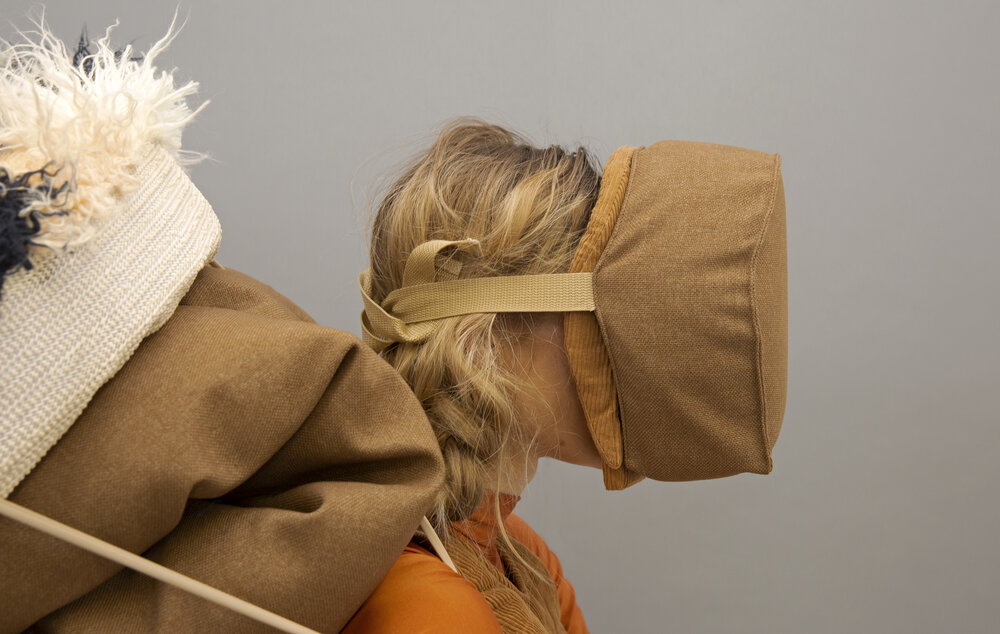
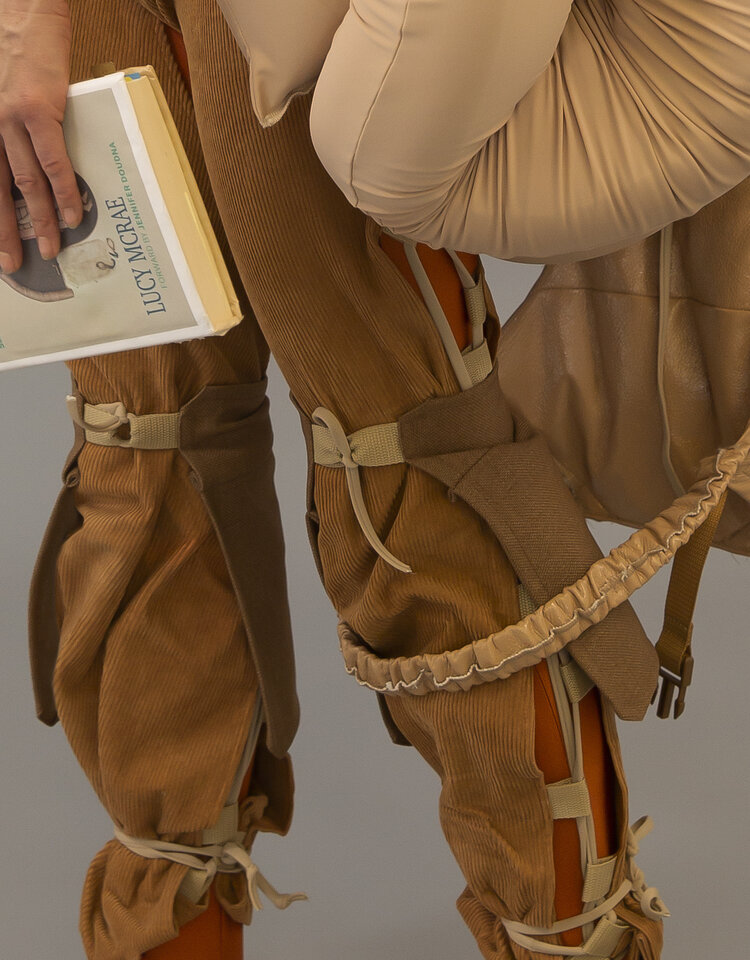
Future Survival Kit by Lucy McRlae
In an experimental photoshoot intended to imagine a dystopian future, she appears as a post-apocalyptic Sherpa who has fled reality carrying their life on their back. She is portrayed with everything hanging from her body, her face included. ‘Covering the face is a nod to us being engrossed in the device, strapped to digital and ignorant to what is actually going on around us,” McRae explains.
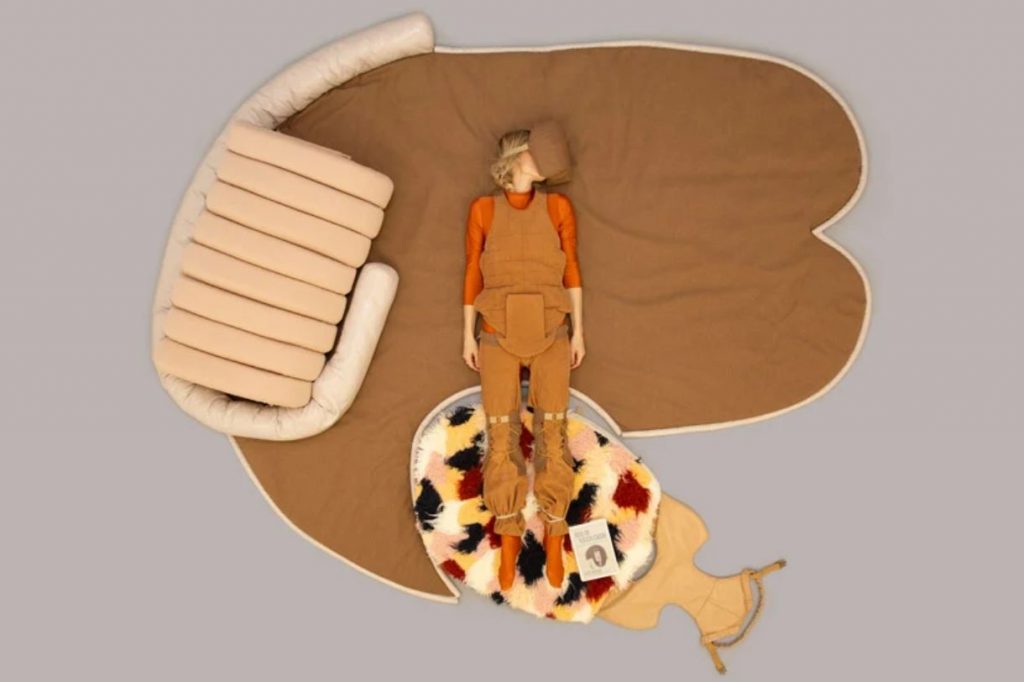
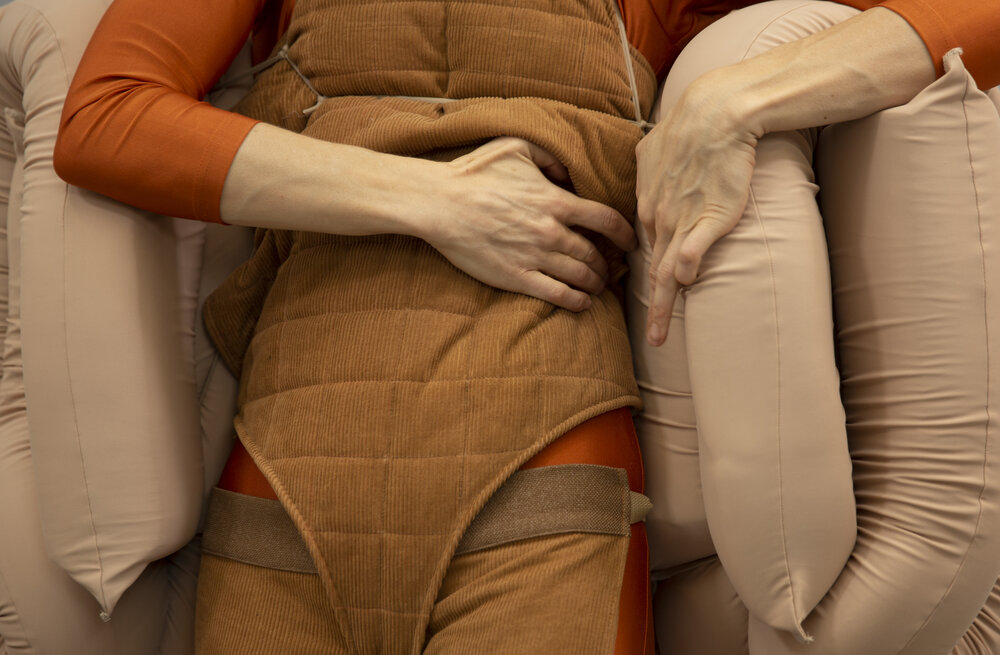
Future Survival Kit by Lucy McRlae
According to the artist, in the algorithm-determined society, all citizens become their own Sherpa through simply letting their phone go flat. More and more people are escaping the city to set up their off-grid reality, taking everything with them, intimacy included.
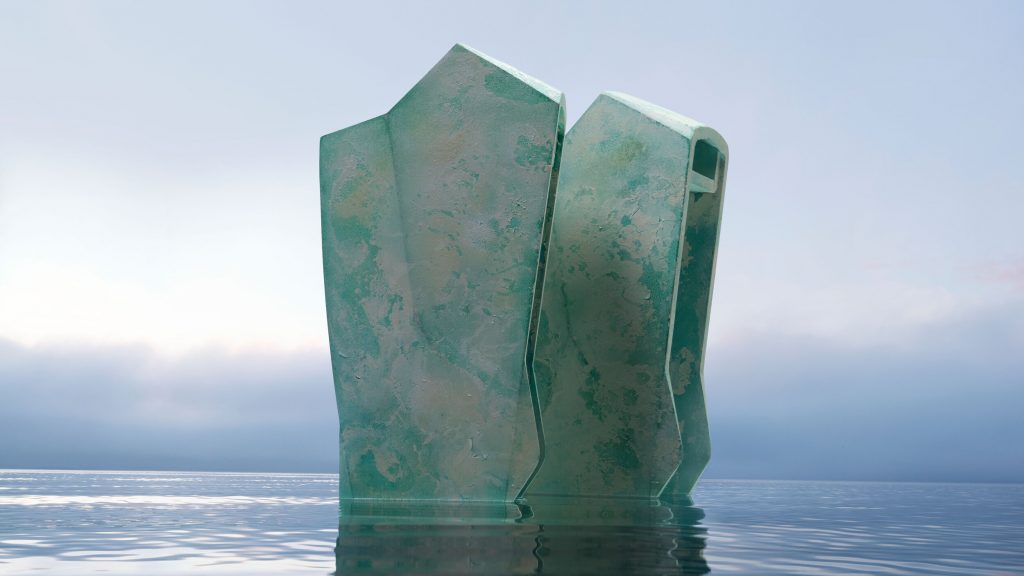
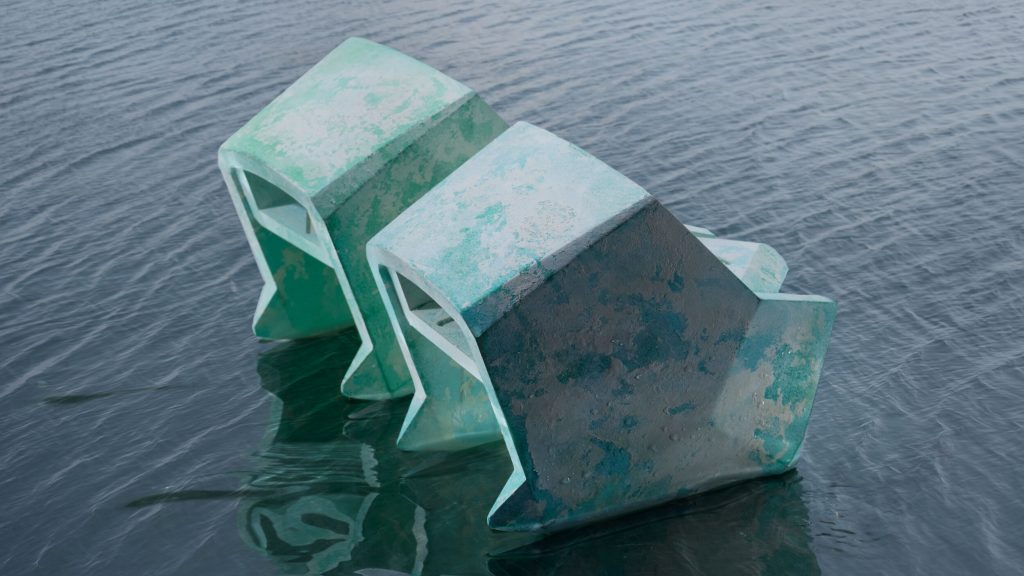
Futuristic footwear by Sruli Recht
Sruli Recht, a Reykjavík-based award-winning, multi-dimensional artist, has designed futuristic footwear intended to solve potential human and environmental issues in the years to come. Titled Footwear for a Post-Traumatic Future, the artist’s sneakers are sold NFT marketplaces and feature three different designs. In each of these concepts, the body is taken as the starting point and used as a frame of reference to extend the functions already present.
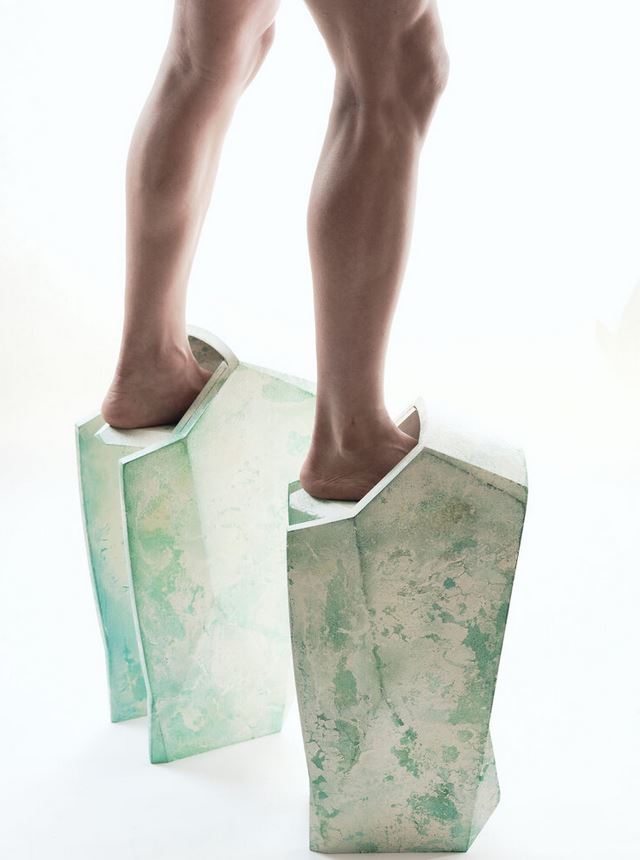
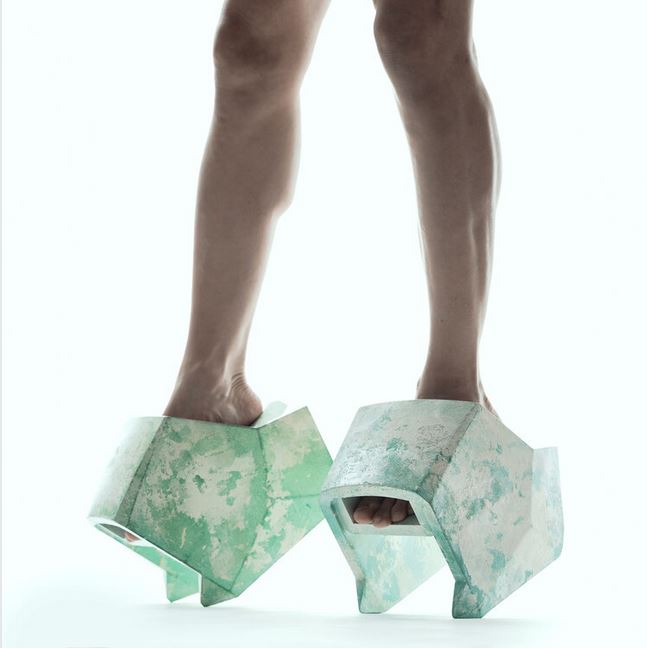
Futuristic footwear by Sruli Recht
The first shoe, called the Venice Heel for Hi/Lo Tide, consists of an elevated sneaker meant to keep the foot high enough to walk through swelling floods and deep waters. They fit over the wearer’s current shoe and allow the user to navigate the high or low flow of city street water, caused by the climate change. The artists uses his work to call attention to the problem of the oceans rising rose at twice the anticipated rate and frequent floods of coastal inhabited areas.
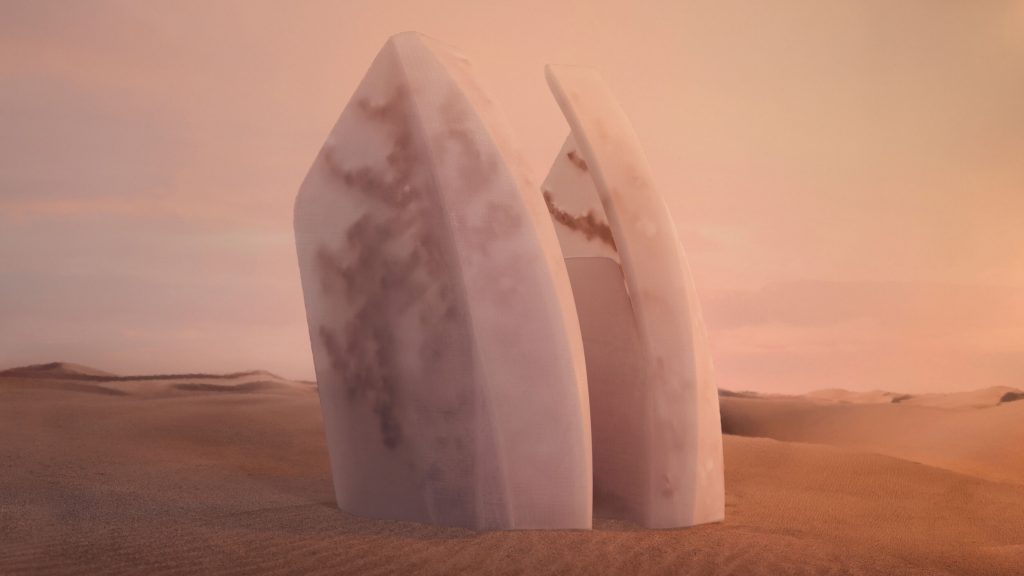
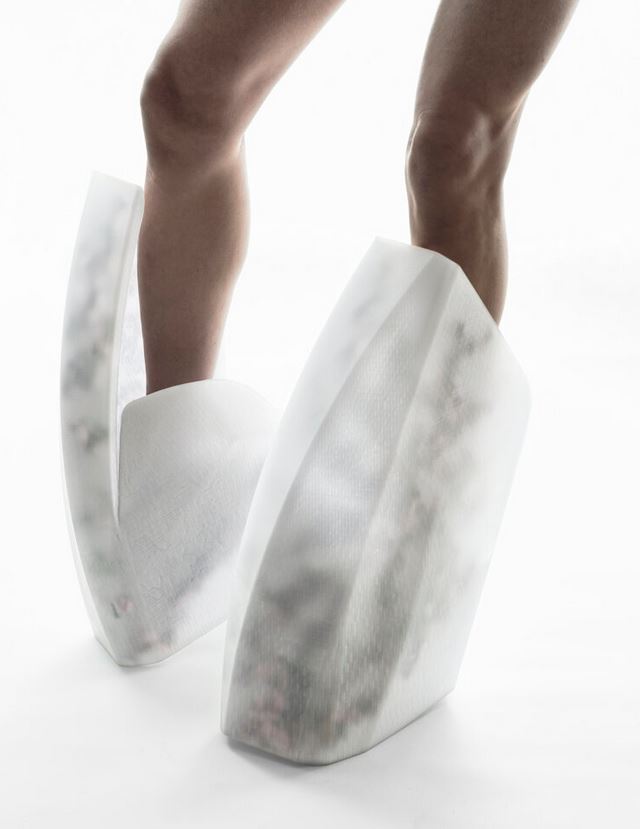
Futuristic footwear by Sruli Recht
Other designs include the Phase Change sneakers designed with a built-in cooling vascular system that cools down the body without energy, and the Un_Balanced sneakers that address the ageing populations terminal balance problems.
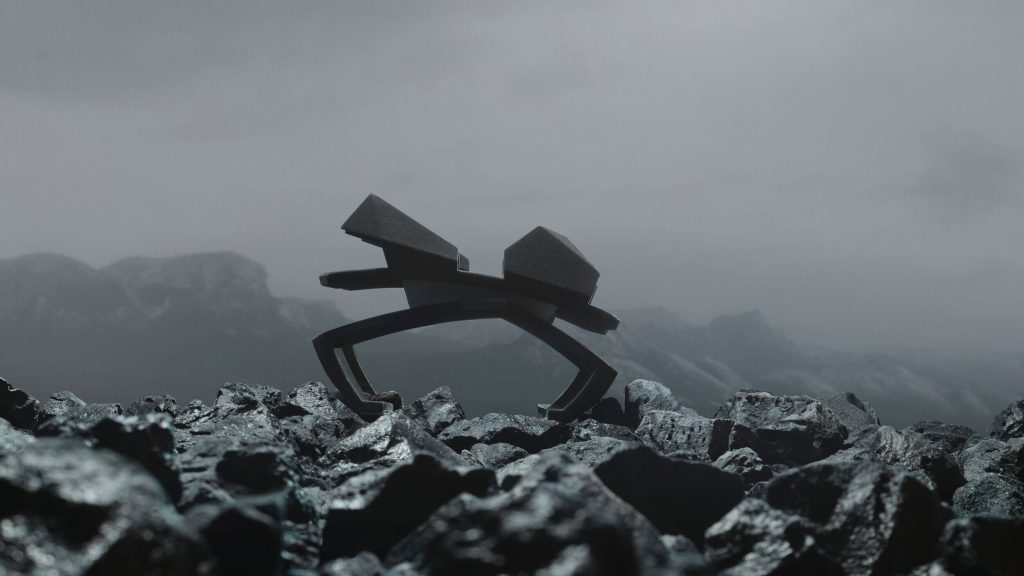
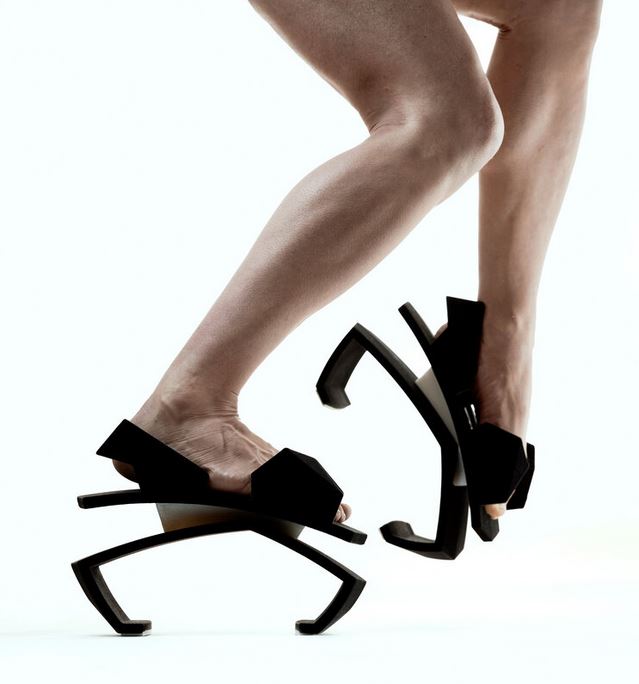
Futuristic footwear by Sruli Recht
All the footwear is produced through a combination of 3D printing and manual treatment.